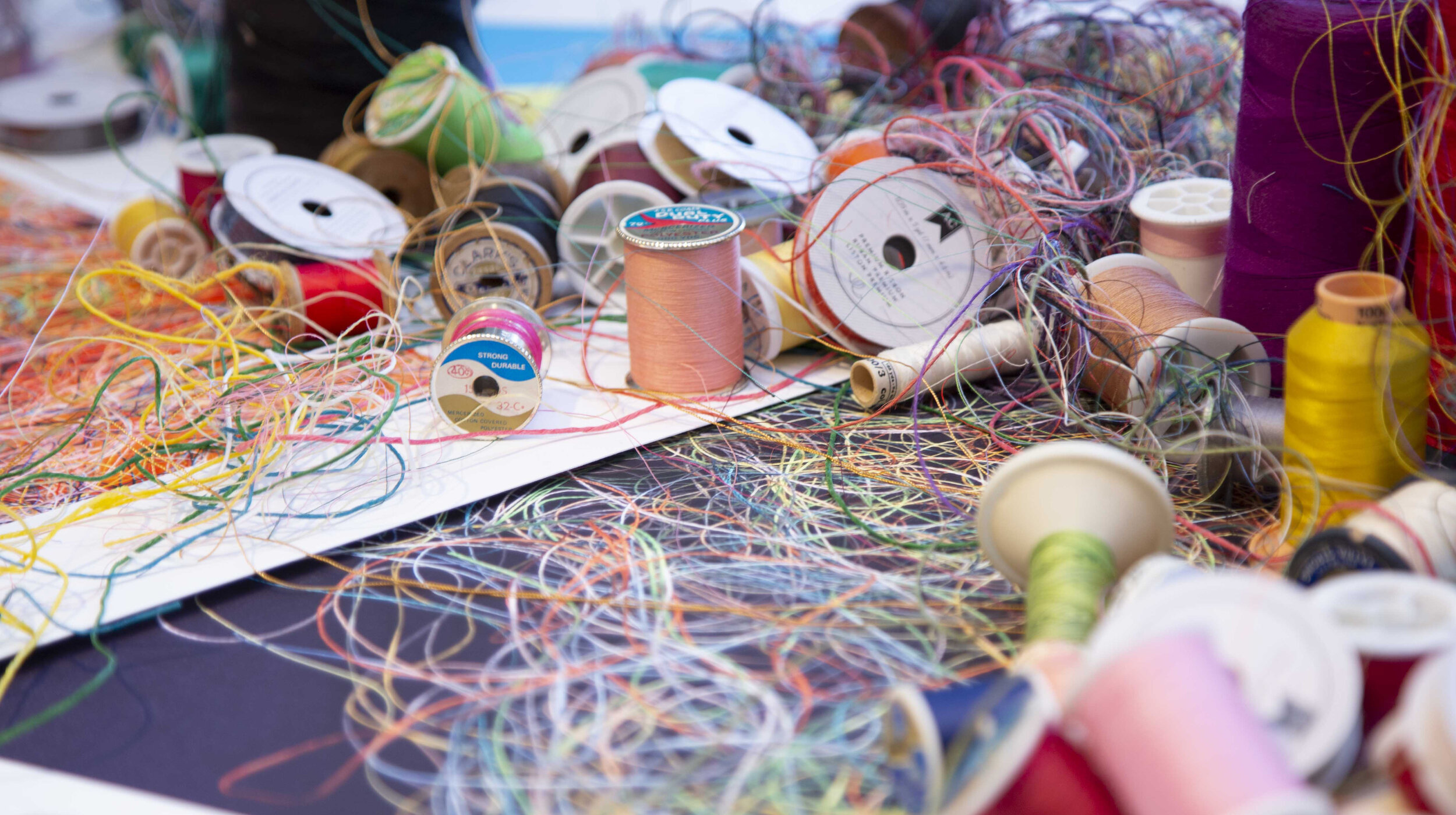
BLOG
AS WE WAIT OUT THE HURRICANE
As a child I spent my summers on Fire Island in my Grandfather's four story Victorian "cottage" on the ocean front. He bought it at the turn of the last century in Edith Wharton's time.
Each night during dinner the sun set directly down the center of the window of the dining room. When my Grandfather lived there, even though it was summer, dinner was a formal affair.
By the time my family took over the dining room table, the white linen suits were long gone, replaced by wet bathing suits and bare feet. I sat next to my Dad and on the other side of the table a built-in cabinet was filled with formal pink and white china and Cranberry glassware. We never touched it.
Then one summer my mother packed it up and took it home. That winter, in a storm much like this one, the "cottage", a monument to a by gone era, was washed into the ocean.
THE AURORA BOREALIS IN A ZIP LOCK BAG : Essay about Leslie Parke's New Paintings by Christopher Millis
Little do I remember of the astronomy lecture I attended twenty some years ago on a warm summer night in an observatory on what may be the last densely wooded tract of land in Cambridge. What I do remember is that the lecture put me in a kind of swoon. For the first time in my life, science and poetry became one. Somehow a talk on chaos theory and its relation to the order of the universe – randomness as the predictable and necessary precursor to design – had the heft and elegance and perspicacity of a poem you want to memorize or a painting you don’t want to leave.
Leslie Parke’s paintings live at the same intersection where patterns court chaos, abstraction approaches the figurative and stasis hovers on the cusp of implosion. Her paintings are charged by contradictions: impersonal grids softened by sunlight; watery washes with metallic spikes; a cathedral of squiggles above a perfectly triangular black hole; the aurora borealis in a zip lock bag.
"WHAT ARE YOU PAINTING?" "GARBAGE." "NO, WHAT ARE YOU PAINTING?"
Yes, I really am painting garbage. I didn't set out to paint garbage. I didn't wake up one morning and say painting garbage would be a good thing to do. Instead, while walking near a friend's house in Sasebo, Japan, I passed the recycling center. In it they were moving bales of recycled paper to prepare them for transport. The image of their surface was striking to me, like a Harnett trompe l'oeil painting, and the structure of the bales made me think of Don Judd's boxes.
INTERVIEW FOR PER CONTRA : By Miriam N. Kotzin
MK: When you were a child did you go to museums? Pay attention to the art in your home?
LP: When I was very young I used to pour over my parents’ two art books. One was Fifty Centuries of Art from the Metropolitan Museum, and the other was a survey of American art. What I felt when looking through those books was that I wanted to live inside a painting. We lived just outside of New York City, and my mother took me to my first museum exhibition when I was nine or so. It was a retrospective of Turner at the Modern. I remember feeling when I walked through the rooms that I wanted to know everything about what I was seeing, but I wanted to get that information directly from the paintings. I was not one to read labels.
THE GENEROUS JANET FISH
You know when there is a painter you really love, where everything about their work excites you and you go in the studio and spend all your time trying to avoid that person's work?
STILL LIFE - THE STORY
While in Paris, Dégas' close friend Giovanni Boldini painted a still life on a canvas that measured 47 1/4 inches high by 15 1/4 inches wide.


















